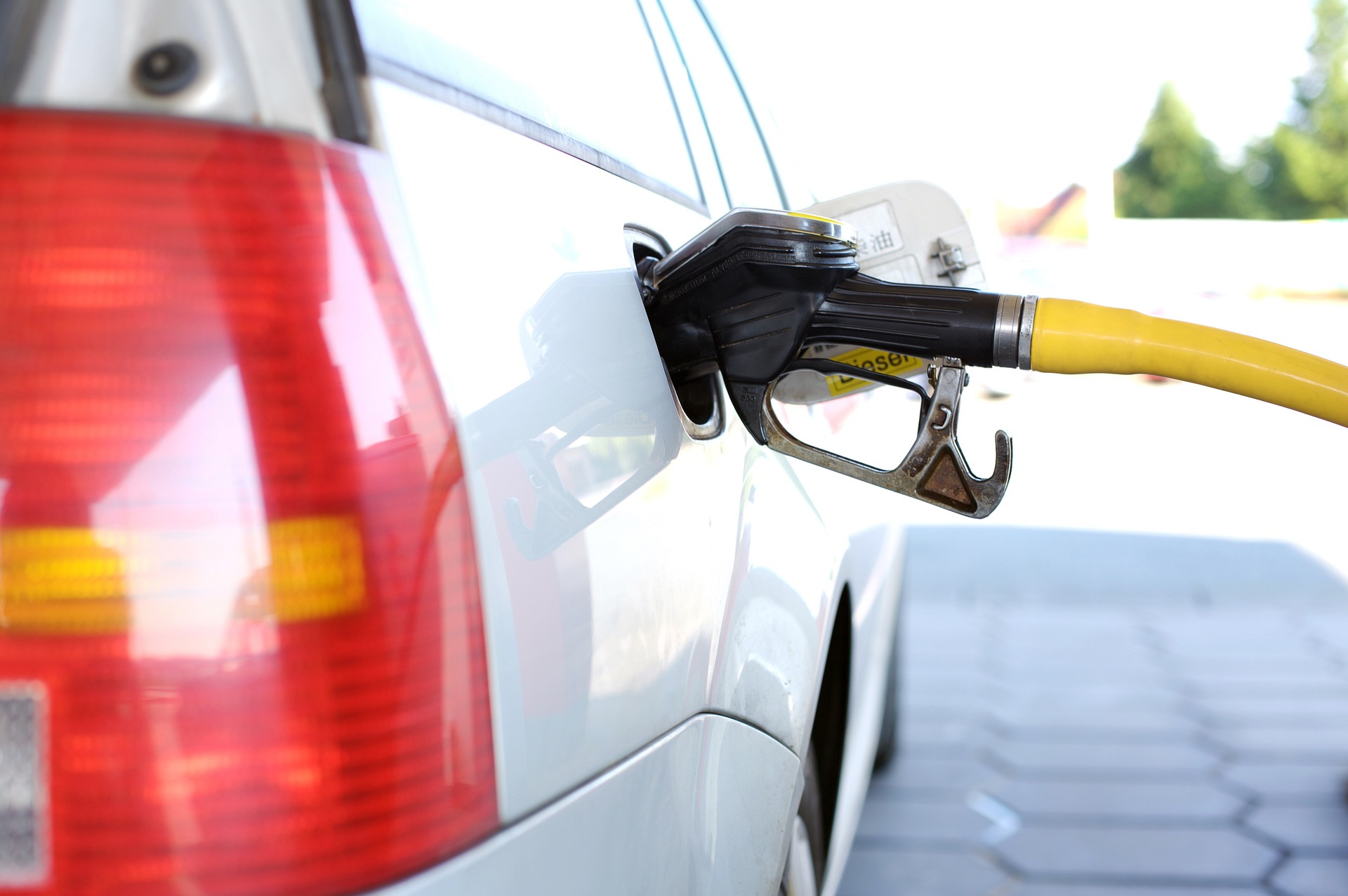We all know that energy isn’t free, but that knowledge doesn’t keep us from sometimes being shocked at how much we’re spending to power our homes and our lives. According to the US Department of Energy, the average American family spends $1600 yearly on their utility bills. Here, you’ll get some ideas that will help you save energy and money.
Turn up Your Thermostat
Keeping your home’s temperature slightly elevated during the summer and lower during the winter is a simple and painless way to save energy. The DOE advises us to set our AC at 74° and our furnaces at 68°; this strategy reduces energy usage and demand on the power grid. To reduce the temperature difference from inside to outside, install a programmable thermostat.
Use Your Ceiling Fans
If your home is equipped with ceiling fans, use them to your advantage. Energy Star, a program jointly sponsored by the EPA and the DOE, recommends that we set our fans to spin counter-clockwise in the summer (to pull hot air upward) and clockwise in the winter (to push it down).
Choose Energy-Efficient Electronics
DVD players, stereo sets, TVs, and any other appliance that plugs in will draw power even if it’s switched off. Larger LCD screens use up to 400 watts when in use, and roughly four or five watts when turned off, according to the BBC. To turn them off completely when not in use, use a surge suppressor or simply unplug them.
Energy Efficient Lighting
An effortless way to reduce energy use is to replace your incandescent bulbs with the newer, more energy efficient CFLs (compact fluorescent lights). According to GE,
CFLs use ⅔ less energy, and last up to ten times longer. For areas where you don’t use the lights that often, like basements and laundry areas, consider installing a timer that will turn the lights off automatically after a certain time period.
Save Water, Save Money
There are low-flow fixtures available for showers, sinks and toilets. Not only should you consider installing these, you should repair any leaky fixtures and remember to turn the water off when you’re washing dishes or brushing your teeth.
Insulate Your Home
If your home is fully insulated, you’ll spend less to heat and cool it. Begin in the attic and work your way down, adding insulation as needed. Inspect the exterior of your home, filling in any holes (such as where pipes enter, and around doors and UPVC windows). Wrap any exposed pipes and your water heater with insulation to make it easier to retain heat.
Shut the Door!
Leaving home and refrigerator doors open allows already-heated or cooled air to escape, which means more energy is required to regulate temperature. Close doors as fast as possible, and shut fireplace dampers when you’re not using them. To cover windows at night, draw the drapes. These may seem like little efforts, but they can add up to big savings.
When you save energy, you’re saving both resources and money. Everyone should do their part to conserve; not only will it save you on your utility bills, it will help to save the environment, too.
This post was written on behalf of Stormclad the experts in double glazing and UPVC windows. Please follow this link to find out more about UPVC windows.




